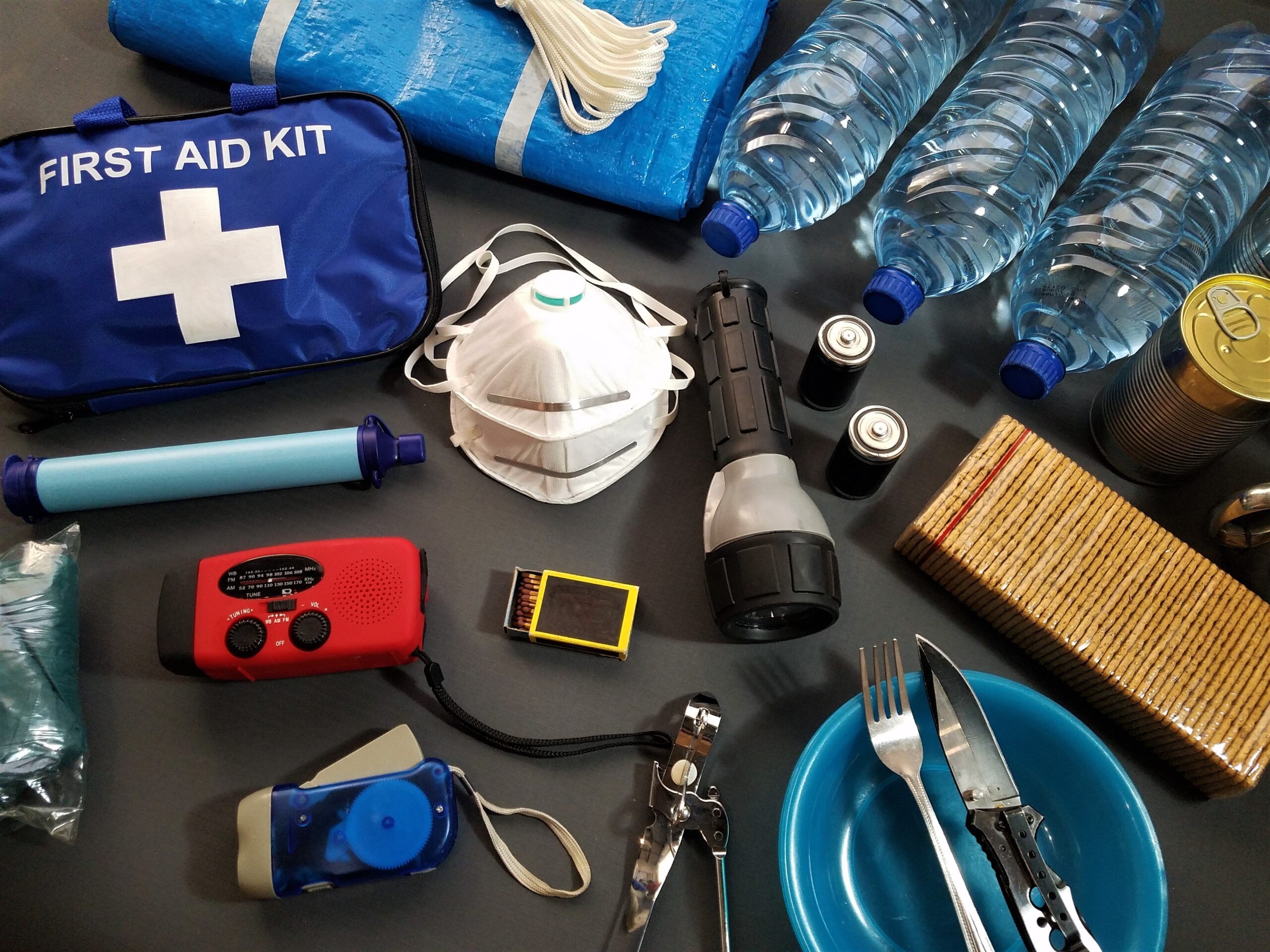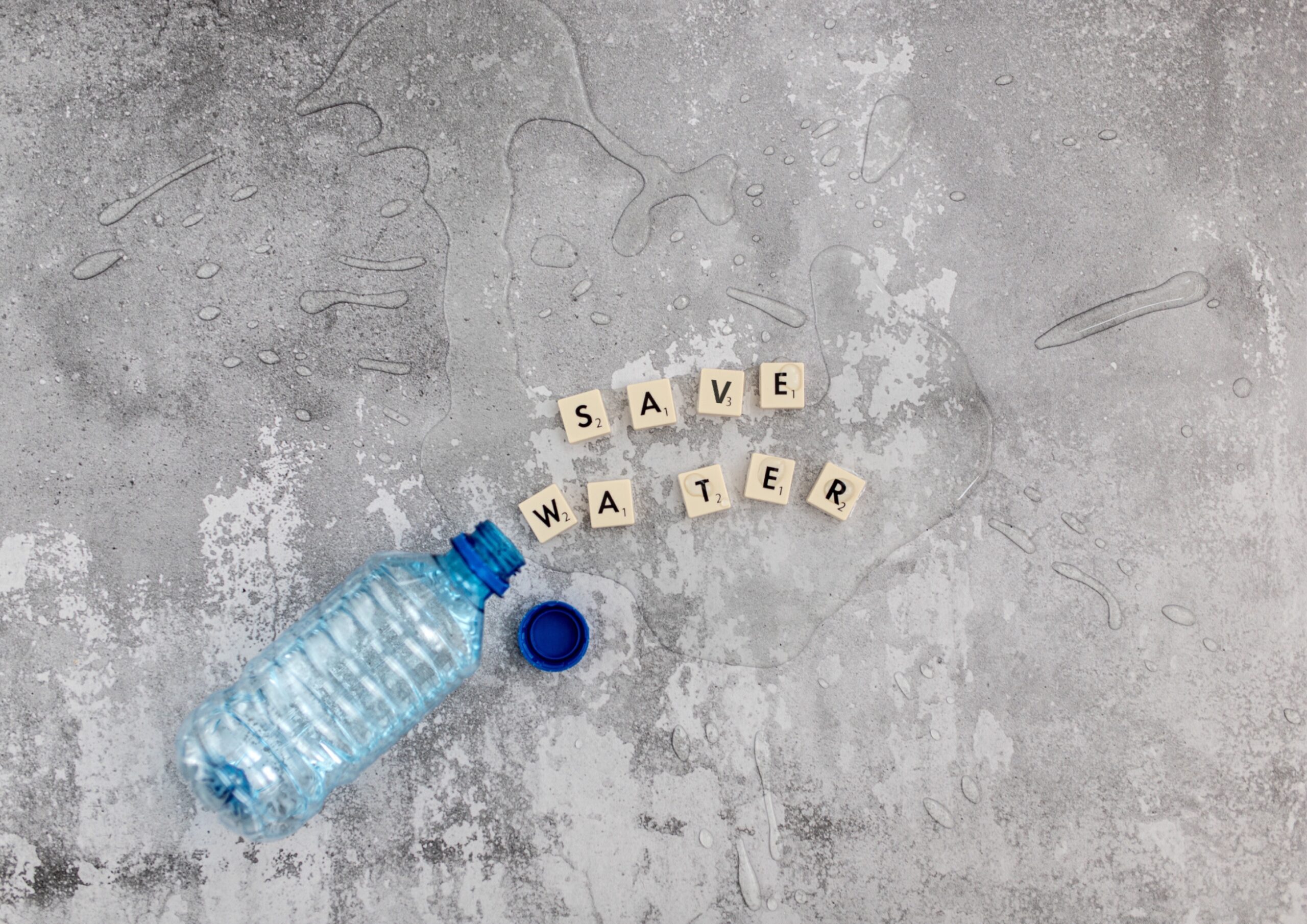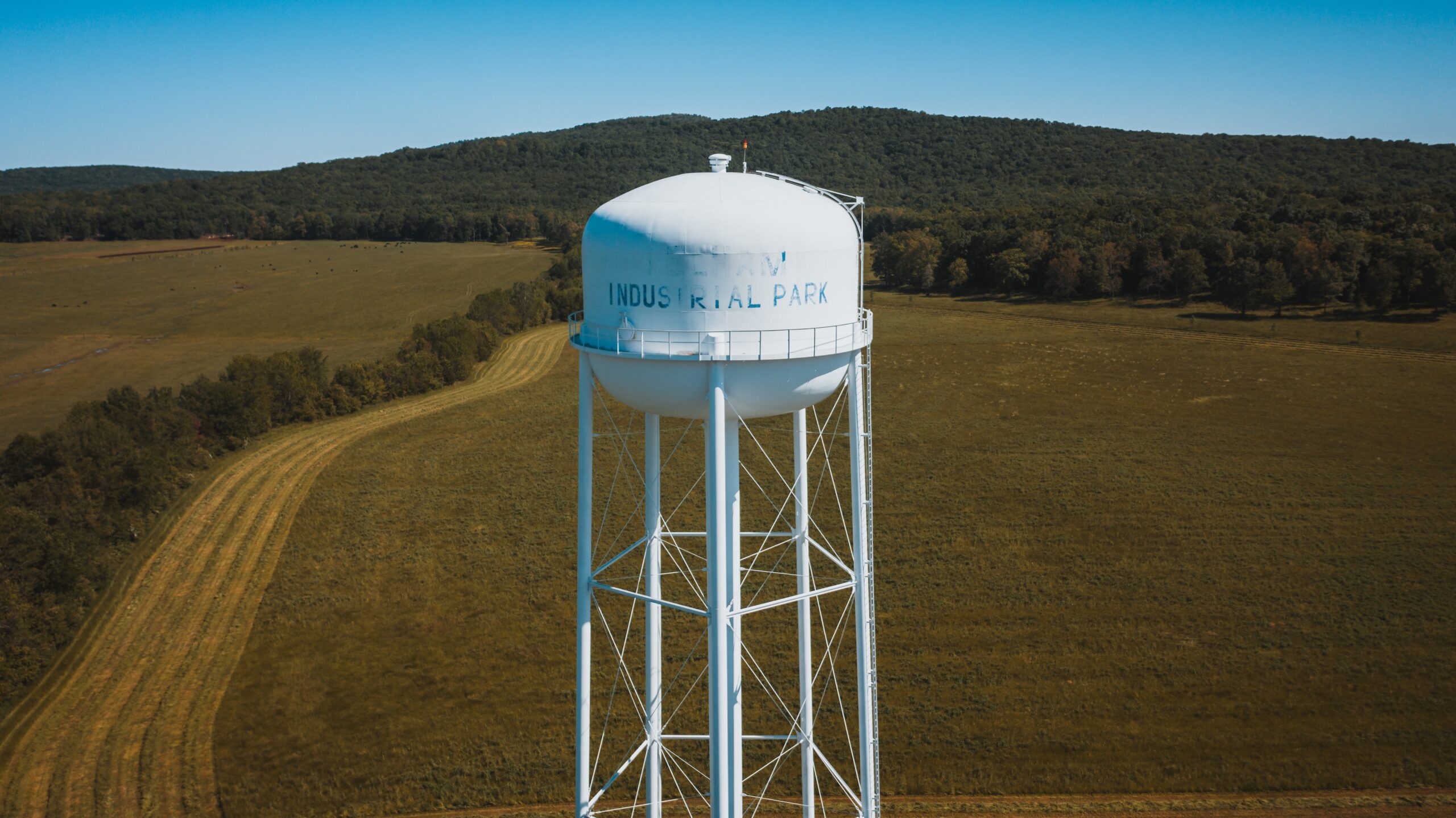You should always have water on hand in case of emergency. You require water for drinking, food preparation, cleanliness, and other purposes as well. However, how much water do you need to have on hand? The quick answer is that each need at least 14 gallons of water. The equivalent is one gallon every day for two weeks. Most individuals, however, use a lot more water than this. You should strive for 60-120 gallons of water for each person to be completely prepared. You would have enough water to last 30 days with just 2-4 gallons. But everybody has different demands. how to figure out how much water your household needs for disaster preparedness in the sections below.
One gallon of water each day, per person, should be stored. This is predicated on the notion that you will want 12 gallons for drinking and an additional 12 gallons for uses like cooking and hygiene.
While most individuals can get by on half a gallon of drinking water, that amount is insufficient for other requirements.
The amount of water needed to flush a toilet using a bucket is around one gallon. Even if you go by the proverb “If it’s yellow, let it mellow,” you will still consume a lot of water only for flushing. You may easily use up several gallons of water each day when you factor in all the other water that is wasted when doing things like washing your hands.
Include Water Conservation in Your Emergency Plan
The less water you need to save for your household, the better you will be at preserving it. Do not wait until there is a crisis to learn how to save water; else, you will use it up more quickly than you planned.
Here are some strategies for conserving water in times of need
Stockpile No-Cook Meals
Storing food for long-term situations, such as dried beans and rice. But to prepare these items, a lot of water and power are needed. Therefore, foods that do not require cooking are far better options for crises. These consist of cereal, granola bars, soups in cans, and dinners in cans.
Use Hand Sanitizer
Hand sanitizer should be among your emergency supplies so that you can stop the spread of disease after a disaster. While using less water, washing your hands is still preferable to hand sanitizer.
Wet Wipes for the Shower
Use wet wipes to clean yourself up rather than taking a shower with the water you have stored.
Graywater Recycling
To conserve water when washing your hands, clothing, or dishes, use buckets. This may be used to flush the toilets. The drainpipe under some people’s bathroom sinks, for instance, has been permanently unplugged. utilizes the water collected in the bucket to flush the toilet.
Hand Washing Station
You may use techniques like making a “tippy tap” to wash your hands with less water instead of just pouring water on them.
Waterless Toilets
Toilet flushing uses a lot of water. In a situation when you are without water for a long time, you may move to a waterless toilet.
Bucket Washing Machine
You would ultimately have to wash some garments in a long-term disaster. However, washing and rinsing clothing uses up a lot of water. The creation of a “bucket washing machine” is a superior solution. For other items that you should have for emergencies, check out our Guide to Selecting Items You Need at Home for Emergency Situations.
Methods for Washing Dishes
many are against disposables because they are so wasteful. However, if the water is off, it is a good idea to maintain a stockpile of disposable plates and utensils to use in an emergency.
When washing dishes is necessary, follow the three-basin approach. A small amount of soapy water is present in the first basin for washing dishes after meals. A modest amount of clean water is available in the second basin for washing the soap. Water containing a small amount of bleach is found in the last basin. To clean the plates, dip them in the bleach solution. For every gallon of water, use 1 tsp of bleach.
Start a drill for emergency water
Running a water drill is the only method to determine exactly how much water your household needs to store away in case of an emergency. You lose access to flowing water for a certain period during an emergency water drill. You only utilize the water you have stored during this time. You compute how much water you consumed after the drill.
How Many Days Do You Need to Stockpile Water For?
advises storing enough water for at least two weeks. Everyone should try to have at least a 30-day supply of water stashed away, though, as water disruptions can persist for considerably longer than this.
How Long Do Water Outages Usually Last?
Some catastrophe authorities simply advise keeping three days’ worth of water stored because most water outages only last a few days. Emergency response teams often mobilize swiftly and provide supplies like bottled water, even if the outage lasts longer. However, depending on the government to get you through a crisis is not a good idea. Take the snowfall in Texas in February 2021, which prevented over 14 million people from accessing potable water. There was free bottled water available, but would you risk traveling on slick roads and then waiting in the cold for water? While uncommon, certain catastrophes cause prolonged water disruptions. Water shortages brought on by Hurricane Laura lingered for weeks.
What If You Run Out of Water during an Emergency?
What happens if you run out of emergency water because you did not have enough on hand? Here are a few ideas about where to find water in an emergency.
Rainwater harvesting. Have some barrels or buckets on hand. With these, you may collect water from your downspouts. Tarps can also be used to collect rainwater.
Get water from your water heater. In the event of a crisis, a normal residential water heater can produce between 30 and 60 gallons of safe drinking water. You may lose many things due to hurricanes, floods, earthquakes, and other power disruptions, but safe drinking water should not be one of them. To get some potable water from your water heater,
Source water from nature. There are methods for surviving, such as building solar stills that let you obtain water from vegetation or other natural resources.
Sum it up!
To guarantee that you have access to safe drinking water in an emergency, it is important to stockpile enough water. You may visit our site on How to Visualize Cubic Feet (and Meters) to understand the quantity of water. A minimal quantity per person per day for at least three days is advised, although it is advisable to strive for a two-week supply. To maintain the water’s purity, it is also important to rotate and store it carefully. You can make sure that you and your family have access to safe drinking water in an emergency by making the proper preparations and plans.


